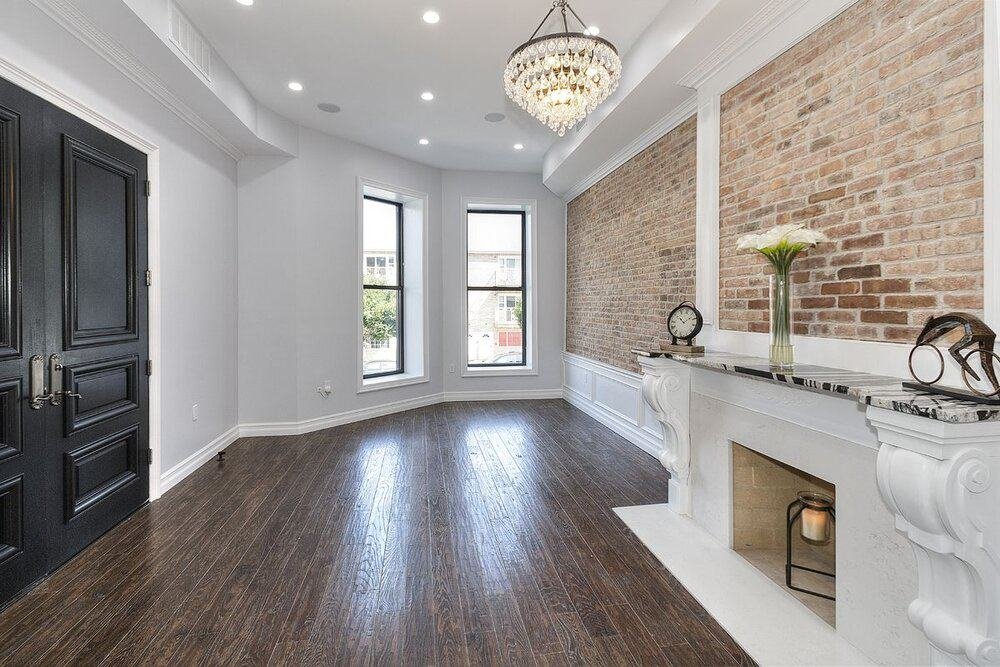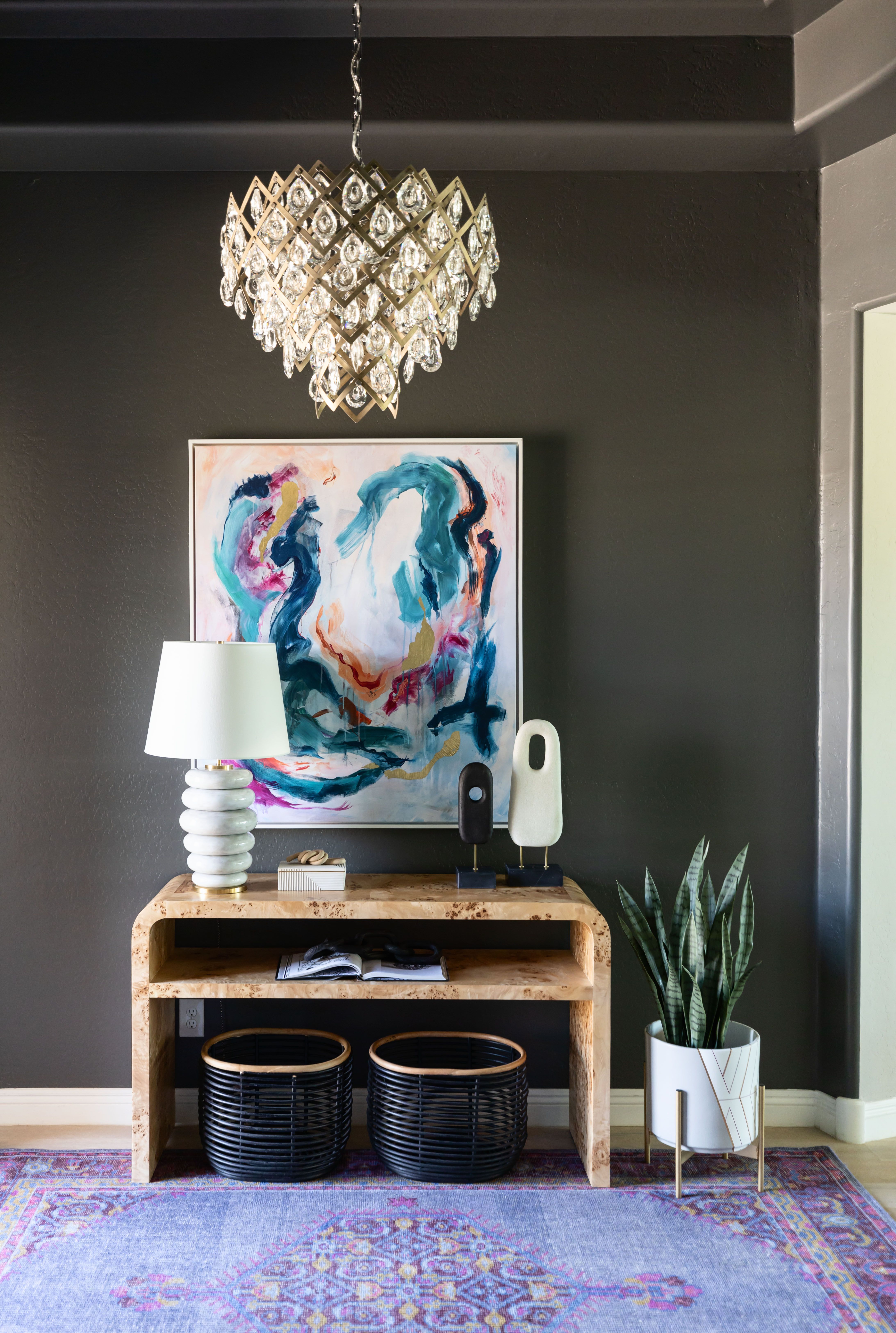Professional Lakewood Interior Painting Services for a Fresh Home Makeover
Wiki Article
Enhance Your Inside Design With Comprehensive Shade Examination
The assimilation of shade consultation into interior decoration provides an one-of-a-kind chance to fine-tune and elevate the aesthetic and emotional vibration of an area. By involving with an experienced shade specialist, you can browse the intricacies of shade selection, ensuring that your selections not just enhance building functions but likewise reverberate with individual style and mental effect. This calculated partnership can substantially affect the overall ambience of your atmosphere, cultivating a sense of consistency and function. Understanding the nuances of this process is vital-- what crucial elements should be thought about to attain optimum results?Advantages of Color Examination

Additionally, shade examination help in optimizing natural light and enhancing spatial assumption. Lighter hues can make a space appear more expansive, while darker shades develop an intimate setting. Cleveland Metro Painting Specialists. This critical application of color can considerably affect the total ambiance of any kind of interior area
Additionally, specialist experts have a thorough understanding of ageless classics and present patterns, making sure that the picked shades will stay attractive with time. This foresight can save customers from expensive redesigns in the future. Ultimately, color examination equips clients by supplying them with a clear vision and direction, promoting confidence in their design options and ultimately resulting in an extra effective and gratifying interior decoration outcome.
Understanding Shade Psychology
The significance of shade psychology in indoor style can not be overstated, as it looks into the mental and psychological impacts that different shades can stimulate in people. Shades can affect state of mind, actions, and also performance, making them an important consideration in any type of style project.For example, cozy shades such as red, orange, and yellow are frequently associated with energy and warmth. They can stimulate sensations of exhilaration and convenience, making them suitable for social rooms like living kitchen areas or areas. On the other hand, great colors like blue, eco-friendly, and purple tend to evoke peace and peace, making them perfect for bed rooms or meditation areas.
In addition, making use of neutral tones can develop a balanced setting by permitting the bolder colors to stick out without overwhelming the detects. Recognizing these mental effects makes it possible for developers to develop spaces that not just look cosmetically pleasing yet additionally promote psychological wellness.
Incorporating color psychology right into interior decoration involves a thoughtful option of hues tailored to the desired feature of each space, eventually enhancing the total experience for its passengers. This recognition is important for accomplishing a unified and practical indoor atmosphere.
The Shade Wheel Clarified
Understanding the connections between shades is crucial for reliable interior decoration, and the shade wheel offers as a useful device in this process. The color wheel, established by Isaac Newton in the 17th century, illustrates the range of shades set up in a circular style. It consists of primaries-- red, blue, and yellow-- that can not be developed by blending various other shades. Secondary colors, created by incorporating key colors, include green, orange, and purple. Tertiary colors result from blending a key and a secondary shade, causing hues such as green and red-orange.The shade wheel assists designers comprehend the relationships in between colors, consisting of complementary, analogous, and triadic plans. Complementary colors, positioned opposite each various other on the wheel, produce dynamic contrasts that can invigorate a space.
Utilizing the color wheel in interior decoration not just improves aesthetic allure however likewise stimulates particular emotions and environments, making it a crucial referral for shade assessment. Understanding these connections inevitably encourages designers to develop spaces that are both practical and aesthetically exciting.
Picking the Right Combination
A well-chosen shade plan can merge a space, improve its attributes, and stimulate wanted emotions. Various rooms serve varied functions and need palettes that show their designated use; for instance, tranquil shades such as soft blues or environment-friendlies function well in bed rooms, advertising relaxation.Light can considerably alter just how shades Lakewood Interior Painting show up, so it is crucial to examine the area at various times of the day. An unified palette should complement these features, developing a cohesive look throughout the room.
When picking shades, use the 60-30-10 guideline, which suggests that 60% of the area ought to be a leading color, 30% an additional shade, and 10% an accent shade. This proportion makes certain balance and aesthetic passion (Cleveland Metro Painting Specialists). Ultimately, sample shades on the walls prior to dedicating, as this enables you to see how the colors engage with each other and the general atmosphere they develop in your interior decoration job.
Dealing With a Color Expert

When collaborating with a color expert, the process usually begins with a preliminary appointment. Throughout this conference, you'll review your vision, preferences, and the existing elements in your room. The expert will evaluate your needs and may suggest particular color palettes that straighten with your objectives.
After establishing a direction, the professional will certainly provide samples and aesthetic help to help you picture the recommended color systems. This step is crucial, as shades can show up differently under varying illumination conditions.
Furthermore, a shade expert can lead you in choosing complementary home furnishings, art work, and accessories to harmonize with your chosen combination. By collaborating very closely, you can accomplish a polished visual that raises your interiors and develops a welcoming atmosphere. Ultimately, the competence of a shade specialist can significantly enhance the general effect of your style project.
Verdict
In recap, comprehensive color appointment acts as an essential tool for boosting interior decoration. By leveraging expert knowledge of color psychology and spatial dynamics, a tailored color scheme can be established to evoke particular feelings and develop an unified environment. This critical method not only fosters a cohesive design narrative however also mitigates the risk of costly redesigns. Ultimately, engaging with a shade consultant makes certain a notified and aesthetically pleasing end result, elevating the general experience of the room.By involving with a skilled shade specialist, you can browse the intricacies of shade option, making certain that your choices not only complement building features but additionally reverberate with personal style and psychological influence. It comprises main shades-- red, blue, and yellow-- that can not be created by blending various other colors.The color wheel assists designers grasp the relationships in between shades, including corresponding, analogous, and triadic systems.When picking colors, make use of the 60-30-10 rule, which recommends that 60% of the space ought to be a leading color, 30% a second color, and 10% an accent shade. By leveraging specialist understanding of color psychology and spatial characteristics, a customized color combination can be established to evoke details emotions and develop a harmonious environment.
Report this wiki page